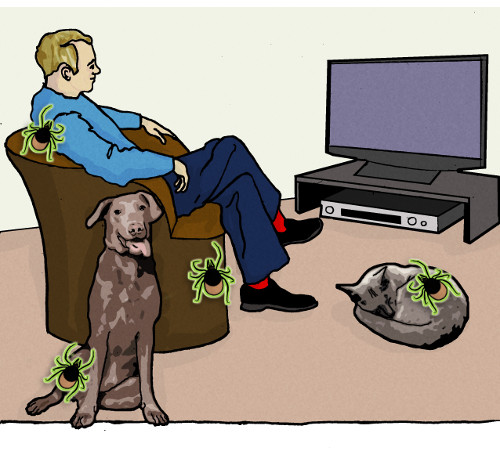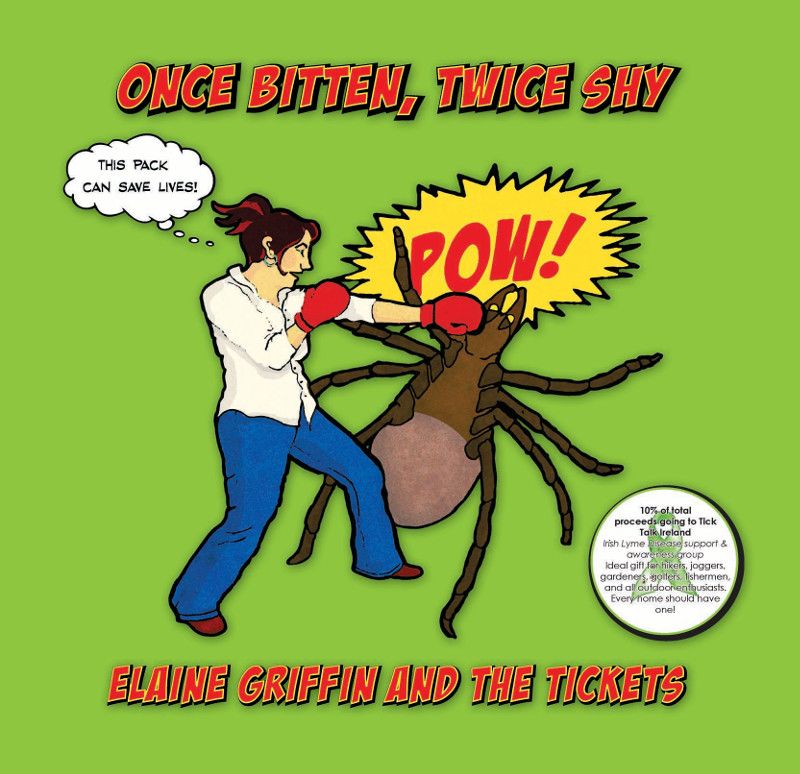ONE WOMAN'S FIGHT AGAINST CHRONIC LYME DISEASE
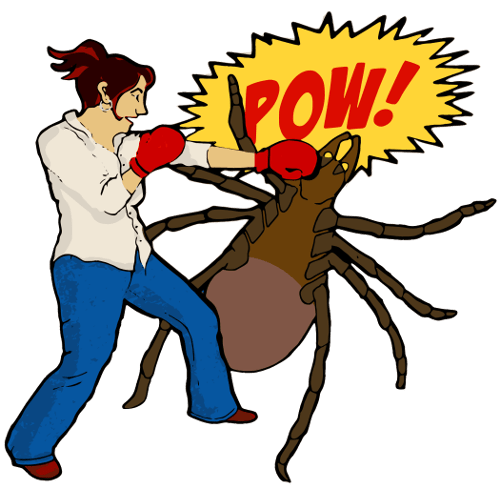
what is Lyme Disease & tick-borne co-infections?
Lyme Disease is a bacterial disease transmitted to humans and animals from the bite of an infected tick. Not all ticks are infected, but it is believed in some parts of Ireland that up to 50% of ticks carry the disease forming organism Borrelia Burgdorferi, giving you a one in two chance of getting infected.
Borrelia Burgdorferi is a spiral-shaped bacteria that burrows into body tissue and can cause infection and symptoms in every single organ and body system. It is vital to treat acute Lyme Disease quickly once contracted, with a course of antibiotics. Untreated infection leads to late stage or Chronic Lyme disease, which is not well recognised and therefore treatment is difficult to access.

Other bacterial & viral co-infections
Apart from Lyme Disease, ticks are now known to carry a growing number of bacterial and viral co-infections, which further suppress the immune system, complicating symptoms and treatment protocols. Up to 50% of chronic Lyme Disease patients do not remember being bitten by a tick. Young larvae and nymph ticks are barely visible to the human eye but they still carry all of the infectious pathogens!
Ticks are not just a rural phenomena. Infected ticks have been found in many city parks across the world. Prevention, proper precaution taking and correct removal of embedded ticks are the only ways to reduce your risks of contracting Lyme Disease and co-infections.

THE FIGHT AGAINST CHRONIC LYME DISEASE AND CO-INFECTIONS IS AN EPIC ONE
ONCE BITTEN, TWICE SHY
I’ve written a song and recorded it along with my specially put together band, aptly named "The Tickets"!
It comes in a CD pack which opens out to contain information about Lyme Disease, what to do if you get bitten by a tick and a very nifty tick remover card to do it with, along with useful links to other websites.
It makes an ideal gift for joggers, hikers, gardeners, farmers, golfers, freshwater fishermen, pet owners and every body who enjoys the great outdoors.
The tick remover card can be used effectively on humans and animals alike. Everybody needs to have one of these in their home… it could literally save your life!
What if I get a tick bite?
Never, ever squeeze a tick, put vaseline or essential oils on it, hold a match to it or interfer in any way with the back “sack” part of the insect. To do so greatly increases your risks of transmitting the bacteria or pathogens it potentially carries to yourself.
Using a tick card or other designated tick remover tool, or a long-nosed tweezers carefully remove the embedded tick, avoiding contact with the back part and ensuring you remove the mouth parts under the skin. Follow the manufacturers instructions. Once you have removed the tick wipe the bite site and the remover tool with a disinfectant.

Simple precautions to take
- Use an insect repellant spray, particularly one specific for ticks, when working in or enjoying the great outdoors.
- Wear long sleeves and light coloured trousers, so it’s easier to spot ticks on your legs, and tuck socks and vests into your trousers when walking in undergrowth.
- Keep away from the edges of pathways - always walk or jog in the middle where possible. Ticks like to hang out on the tips of vegetation where they can easily jump onto you when your brush against it.
- Always check yourself and your family for ticks on return from outdoor activities, especially behind ears, knees, armpits, groin and scalp. The sooner you remove an embedded tick, the more you reduce your risk of infection. If you have a tumble dryer, remove outdoor working, golfing, hiking clothing a blast with some hot heat for 20 minutes.
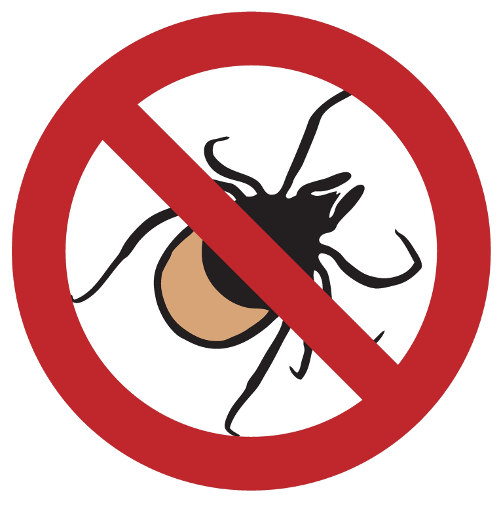
Signs & Symptoms of Acute Lyme Disease
Red bulls-eye or patchy type rash – (only in approximately 50% of cases) at site of bite or other parts of the body.
Fatigue, chills, fever, headache, muscle and joint pains, swollen lymph nodes, facial palsy, heart beat irregularities, sore stiff neck, sore ears, digestive issues & dizziness.
If you experience any of these symptoms see your doctor immediately and ask them to follow the NICE guidelines for Lyme Disease .
The best cure for Lyme Disease in to never get bitten in the first place but unfortunately it would appear that tick populations are increasing and so too is our risk of being bitten. Become tick aware and spread the word, not the disease.
For further information go to:
www.ticktalkireland.org
www.ilads.org
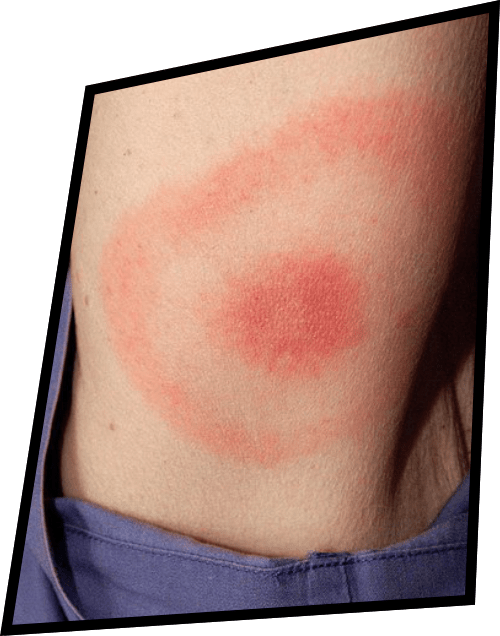
A Note on pets
Another way to greatly reduce your risk of contracting Lyme Disease is to ensure that you keep your pets adequately treated with tick and flea drops on an ongoing basis. Not only can your pets also suffer from Lyme Disease and co-infections they can carry ticks into your home where they can drop off and bite you or your children without ever having to go outside!
